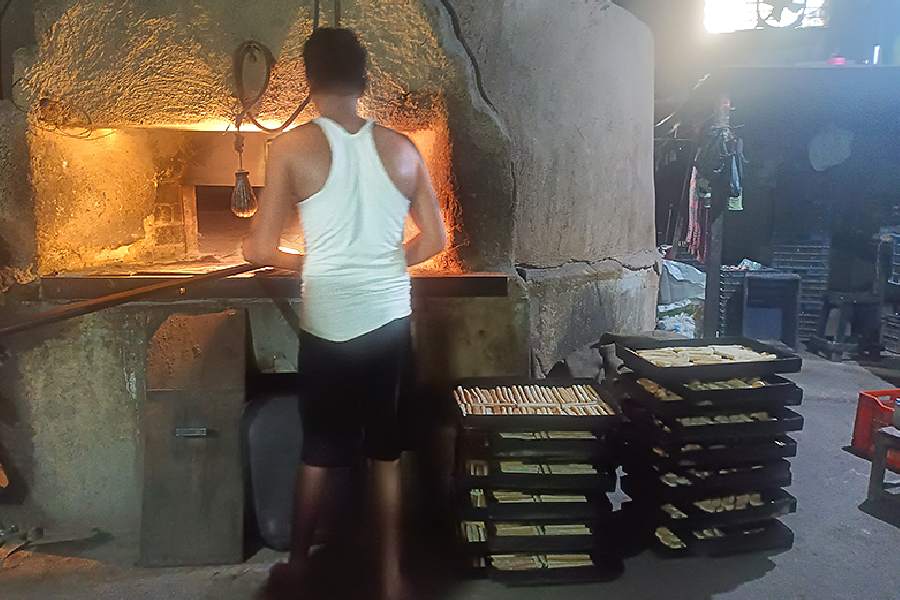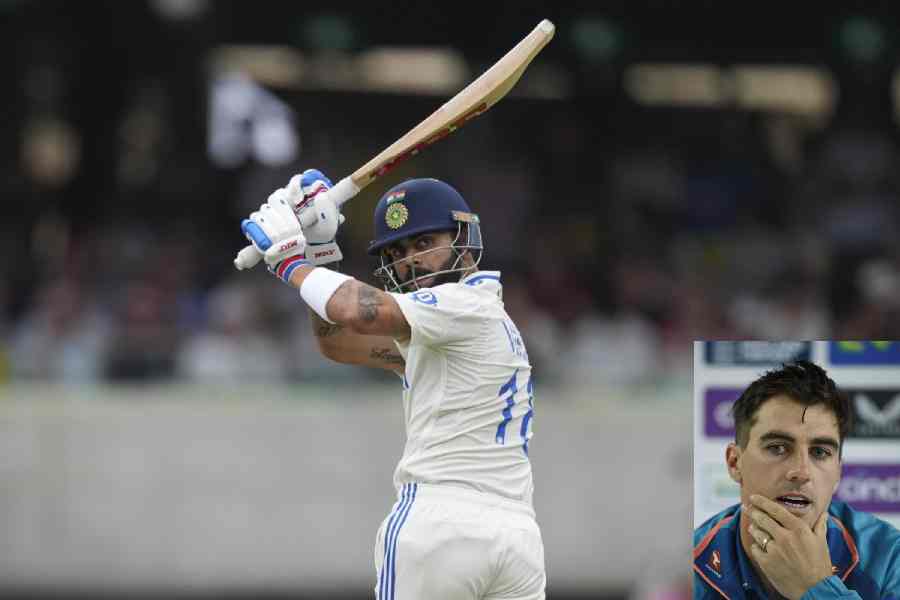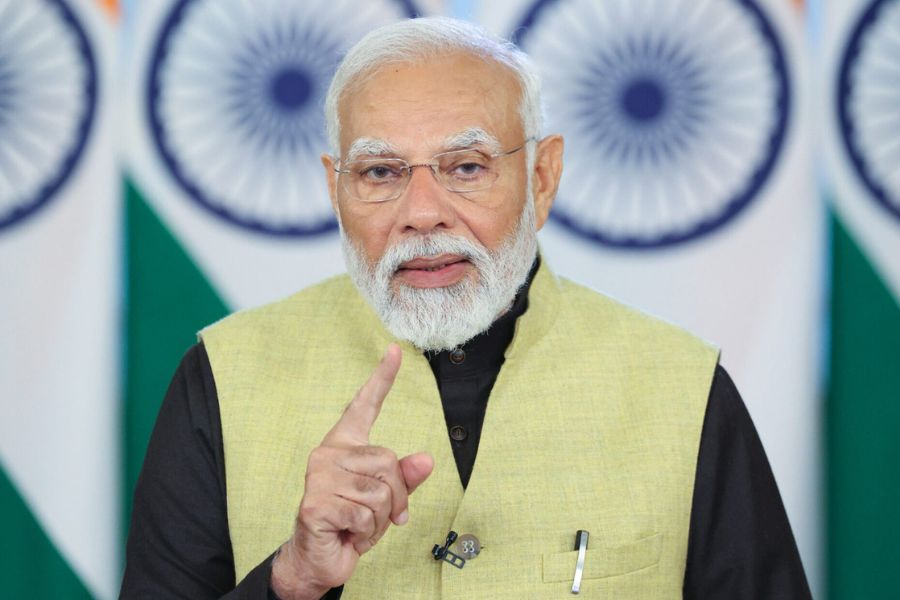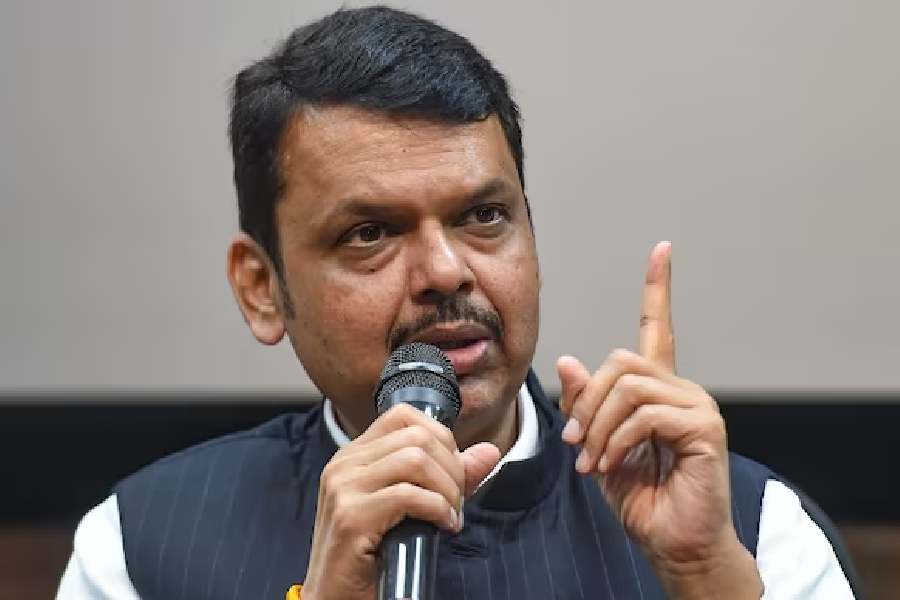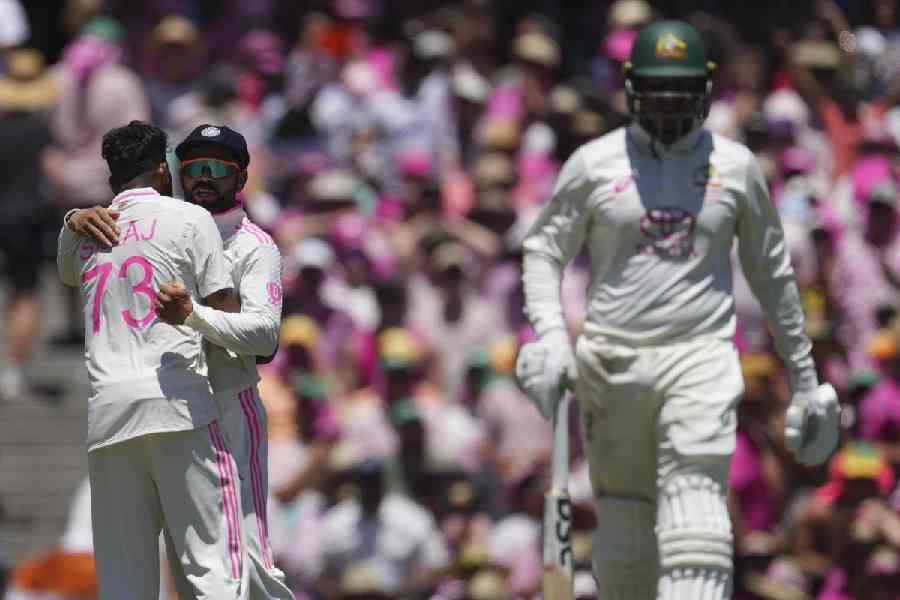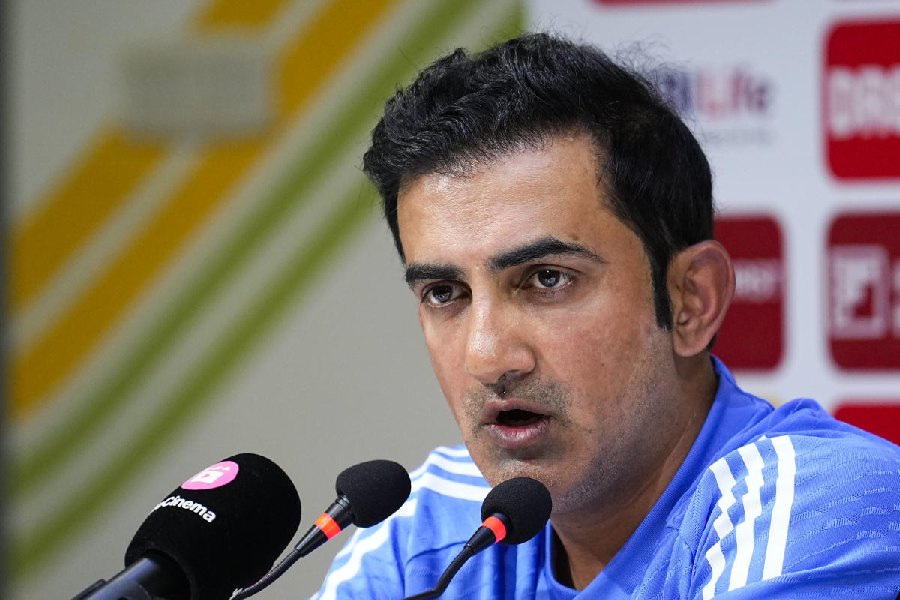Dionne Themias, a resident of south Calcutta, has had a very busy December morning. She has been working on dry fruits for her Christmas cakes — julienned almonds, cubed tutti-frutti, chopped cashews, murabba, cherries, raisins... “These will have to be dried before I go to the bakery to get my cakes baked,” she says. Indeed, the city is full of small and medium-scale bakeries with names such as Dahlia, Kajal, Kanchan, Bangalakshmi, Regal and Roshan in and around central, south and southwest Calcutta. The oldest among them is Dahlia Bakery in Entally, which is close to 100 years old, and among the youngest is Kanchan Bakery in Taltala which came up in the 1960s.
Bakeries came up wherever there was a concentration of Christians in the city. They are actually known as biscuit factories. “We did not make cakes to begin with and it would not be wrong to say that the karigars picked up knowhow from Anglo Indians,” says Sheikh Ekramul Haque, who is the third generation owner of Dahlia Bakery. He is from Arambagh in Hooghly district and so are the owners of Kajal and Kanchan.
Bread and biscuits were the great discoveries of 19th-century Bengal. According to experts, Hindus from the lower rungs of the caste hierarchy and Muslims were the primary producers of these items, which is why there was much ado about their consumption. Arambagh was a bakers’ hub of sorts in the 1920s and 30s. And in the early 1960s, when Prafulla Sen became chief minister of West Bengal, he recognised the mass popularity of bread and biscuit and gave the industry a fillip.
Says Kazi Ruhul Amin of Kajal Bakery, “Besides Arambagh, Champadanga in Hooghly and Mayapur in Nadia also had a cluster of bakeries. And now it has spread to Burdwan and Murshidabad.”
The centrepiece of the bakery is the clay oven — 14 to 15 feet deep. Just beside it, logs are stacked and there are four or five different kinds of sticks, long and with handles that are used to put items inside the oven and also to bring them out. There are cutting and slicing machines and a huge tub with a spiral rod hanging over it, which was introduced in the 1970s as a mixing machine. The wooden khamir gamla, which looks like a medium-sized bathtub is there in every bakery but it is a bit of a relic and is not used to prepare cake mixes anymore. The machines in use now can mix 14 to 15 kilos of flour at once.
Haroon mistri has been working for nearly two de-cades at Dahlia Bakery. He is what they call a karigar. He started out as a helper; it took him a decade to pick up the art of baking. Haroon knows from experience if the oven is heated enough for baking cakes or biscuits. He says, “During Christmas time, we burn 200 kilos of wood in two batches every day. Each batch burns for four hours.”
Says Ekramul, “My grandfather Sheikh Mohammad Yasin started the bakery in the 1940s. Those days he used to bake only bread loaves. In 1961, when my father joined the business, he introduced biscuits. That is also when they started baking cakes for the Anglo-Indian families.” They would bake fruit cakes, eggless cakes, plum cakes, chocolate cakes.
Ekramul’s father used to send the karigars to clients’ homes. Every client would have bought ingredients — right down to 90 eggs and vanilla flavouring — to match their family recipe. Rimi Biswas, who lives in Kabardanga in southwest Calcutta, cannot remember when her mother started outsourcing the baking of Christmas cakes to these bakeries. But she remembers how her mother would sieve the flour till it was fluffy, dice the dry fruits, roast them in the sun and she would supervise the mixing. Next, the karigars carried away the cake mix in gamlas, but only after they had stuck paper flags with the family names on every cake to avoid mix-ups.
Kajal Bakery in Taltala has been around since 1942. But it did not start baking cakes until 2010. “It was on request from the Anglo Indians,” says Amin, who is the owner. Come Christmas time, we bake 80 kilos of cake every day.”
None of these bakeries has been an exclusively cake-baking unit. Kanchan Bakery still specialises in biscuits and khastas, or puffs, and patties. Sheikh Nuruddin of Kanchan Bakery lists some old-time biscuits — Nero, Nimki Biscuit, Khasta, Sooji Biscuit, Kulicha, Heart, Disco... “We have introduced Khari, Pista and Phool biscuits to keep up with the times,” he says. Ekramul agrees, there was a time when they too used to bake 14-15 varieties — Jaba, Lichu, Kuki Biscuit, Nano, Surjo, Mocha, Bakery Cream Cracker, Salty Biscuit — but now they make four or five.
“Biscuits are our core competence,” says Jalal Mallick of Bangalakshmi Bakery in Kabardanga. Beside Bangalakshmi stands Roshan Bakery. It is closed all year and comes alive only for a week during Christmas. There are five or six bakeries in this area. They not only bake cakes for individuals but also for churches and missionary schools. And this was the norm even in the last century.
Themias says, “I need 50 half-pound cakes and it is not feasible to bake one cake at a time at home.” Agrees Sadhana Sarkar, a resident of Nepalganj in South 24-Parganas. She adds, “A cake baked in a clay oven has a different taste.” A taste of tradition perhaps?

